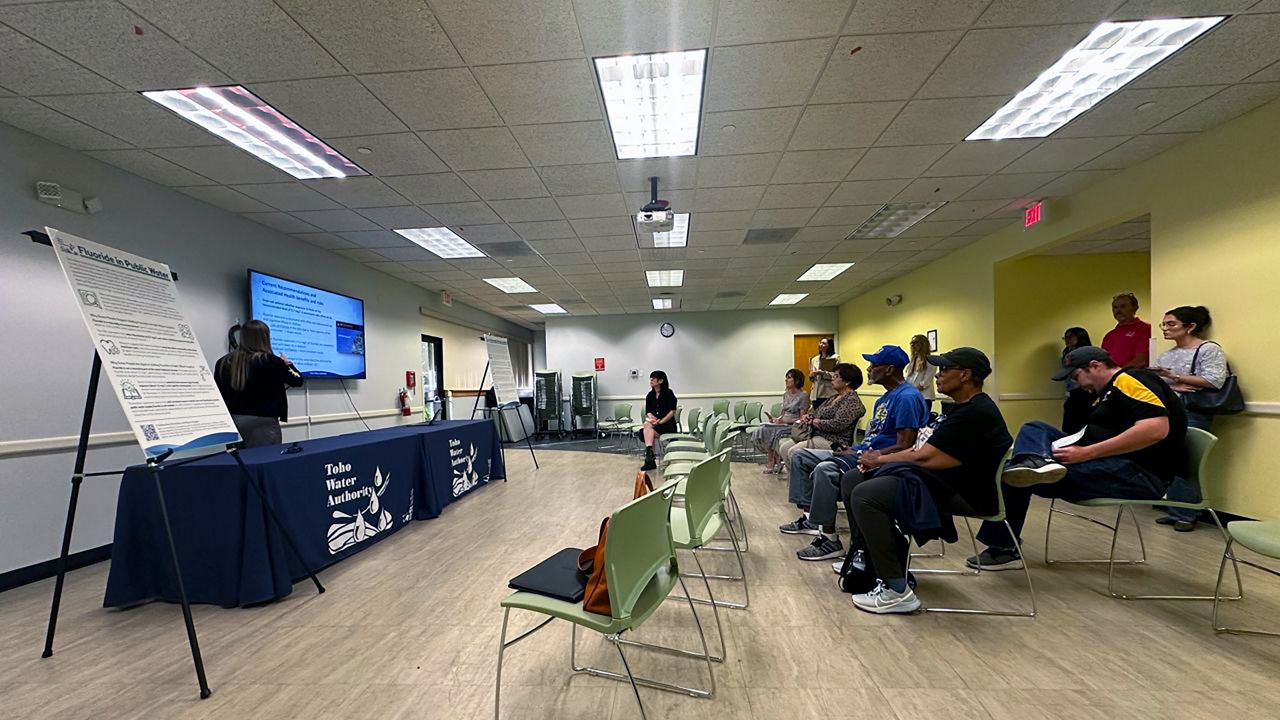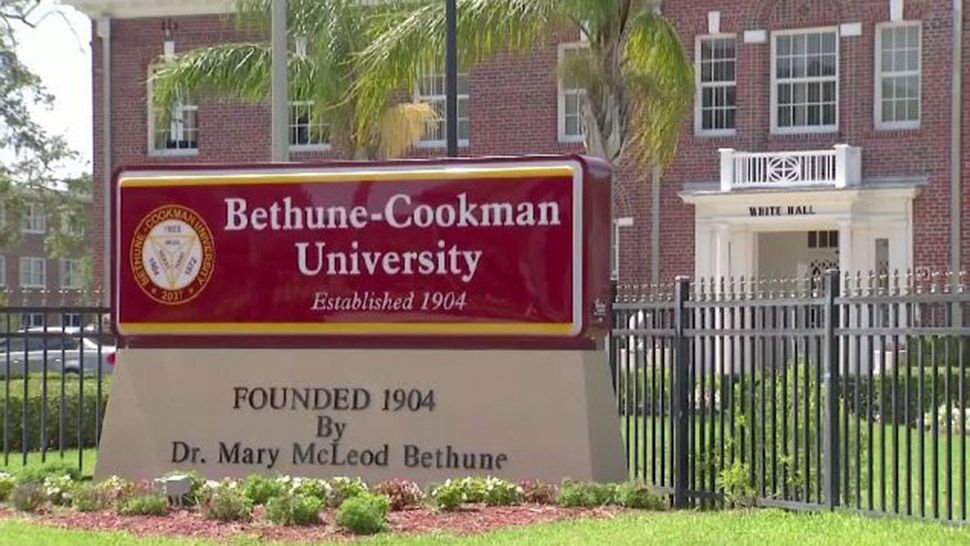ORLANDO, Fla. — For the Orlando Utilities Commission, it marks the end of an era and the start of a new one.
What You Need To Know
- OUC converting Stanton Energy Center to natural gas from coal
- It's part of a move toward 100% net zero on CO2 by 2050
- OUC is also increasing use of solar power
The utility provider is converting its two coal plants at their Stanton Energy Center to gas. The process will take several years, with OUC hoping to wrap the transition by 2027.
"This has been the heart for OUC for a long time," said Tim Trudell, who represents OUC. “As we look towards our sustainability goals and getting those carbon dioxide levels down, we’ve got to get away from coal. And we’ve made the commitment to do that.”
Changing Times
Back in 1987, OUC opened the power plant after extending several miles of Alafaya Trail south to the 3,200-acre site. It's a site that's surprisingly green: birds set sail and deer spring across ravines alongside the roadway, adding to the sylvan setting.
But, past two guard stations sit two, massive cooling towers, which often get confused for nuclear reactors; they churn out water vapor, resembling fluffy, white clouds. White smoke also pipes out of two chimneys atop a boxy-looking, green-and-white building.
Stanton One and Stanton Two were constructed between 1987 and 1996, and according to Trudell, were at the time built using state-of-the-art technology.
Inside, turbines whirl loudly and coal blazes in furnaces, creating energy to power much of Central Florida. Outside, the cooling towers, which on any given day churn millions of gallons of water, cool the entire process.
But, Trudell said that OUC has long been prepared, in a sense, for what might come, as they built a natural gas line into the coal plants.
"We already run natural gas into coal units. A portion of what’s burned today is actually about 20 percent natural gas. But, there’s some conversions we have to do inside the plant," he explained. “For the next decade or so, this will all look the same. If you’re flying into Orlando, or driving down the Beachline, all this will look more or less the same. We’re allowing those plants to continue to run, we’re just using a different fuel source.”
Yet, internal changes will be underway, principally involving two natural gas plants, added in 2003 and 2010, situated nearby. They, too, were considered to be cutting-edge technology at the time, Trudell said.
And while around 40% of OUC's energy generation now comes from coal, the rest is made up by gas, solar and other renewable sources. That is the direction in which the company hopes to move as they look to the future.
“OUC is nearly a 100-year-old company, and as technology has changed, the industry has changed, we’ve stayed along with those changes," Trudell said.
Future is Bright
But, the biggest change of all will be the utility provider's pivot towards solar energy. In recent years, OUC has invested heavily in the technology, constantly adding to their solar arrays scattered across Central Florida.
With no sustained winds for turbines, or opportunities for large-scale hydroelectricity, like in the Pacific Northwest, solar "makes the most sense in Florida," Trudell said.
We visited Stanton four years ago as OUC energized a solar farm situated atop a mountain of coal ash. Since then, they've expanded it, and opened several utility size-scale of solar, between 500-600 acres, by Wedgefield off S.R. 520 and in Osceola County.
There's also more coming in 2023 in Osceola, though they must find a way to get the energy back to the grid. For now, they're placing new fields by transmission lines.
“If we can build another couple hundred megawatts of solar, keep increasing our solar and renewable footprint at the same time, working our way from fossil fuels, we’re doing what’s right for the environment, what’s right for our customers, and as a municipal utility, absolutely what’s right for our community," said Trudell.
They are also working on better ways to capture and store such energy. For example, they are experimenting with bifacial solar panels, attempting to get a 15 percent bounce back from the sun's reflection when panels are installed on the surface of white-painted buildings, and testing using hydrogen for storage, splitting water.
According to Trudell, OUC has lofty goals: 100 percent net zero by the year 2050, with incremental benchmarks in between.
For now, they'll begin their conversion of Stanton One and Two, originally planned to be two of four coal-powered units on site, to gas.
“It gives us time for technology to come along, things are going to be invented," said Trudell. “We’ve got to make sure all the decisions we do don’t dramatically impact rates. We’ve got to make some big decisions, and this is one of them.”









